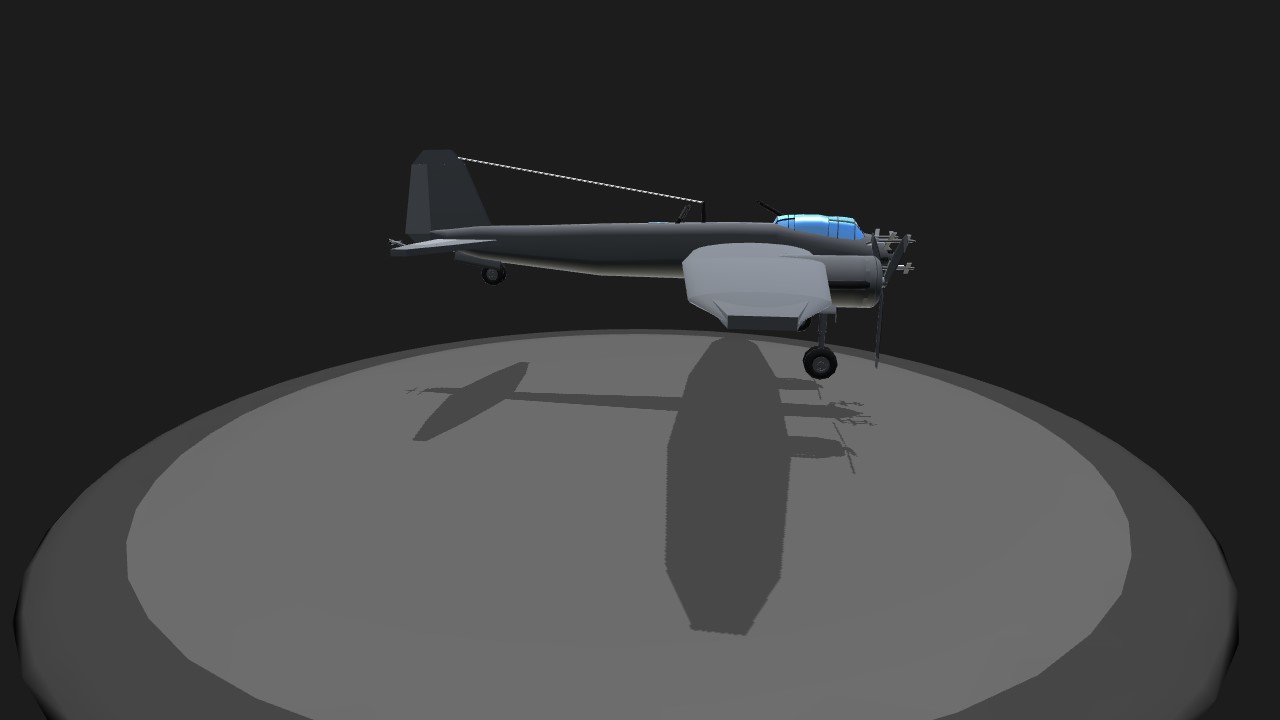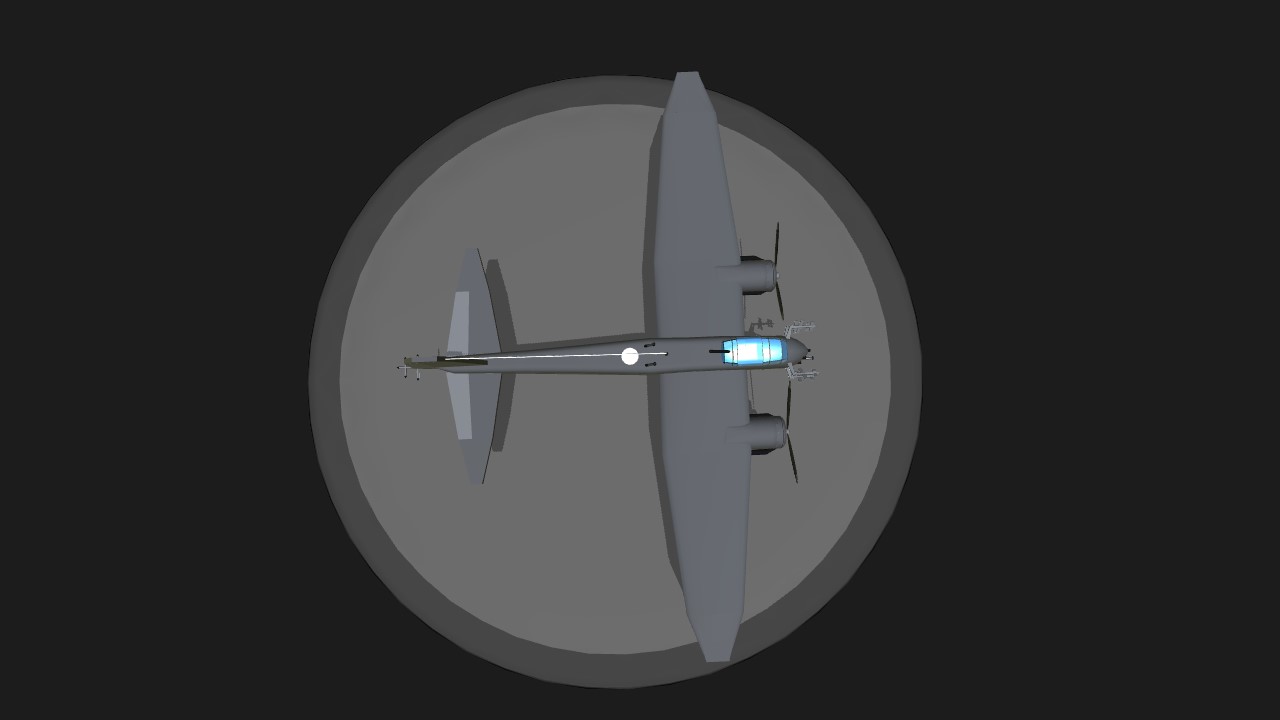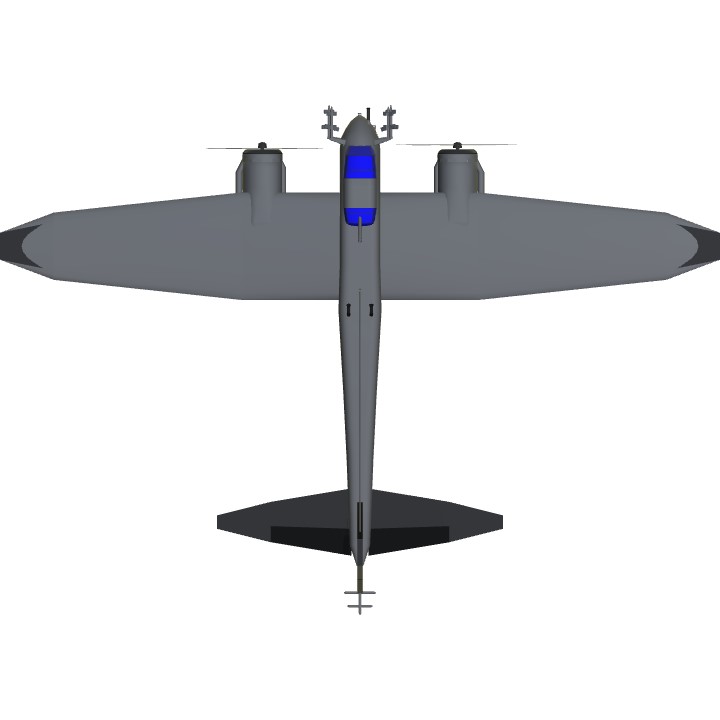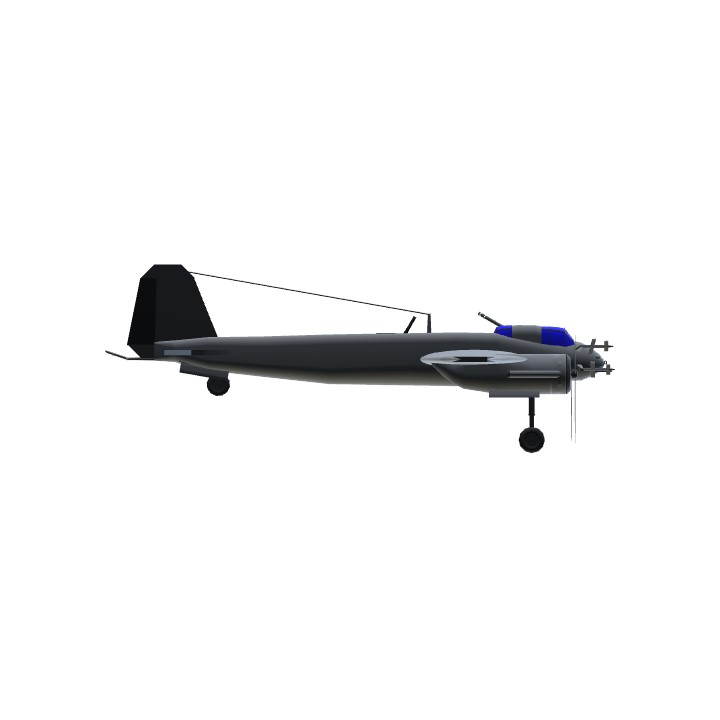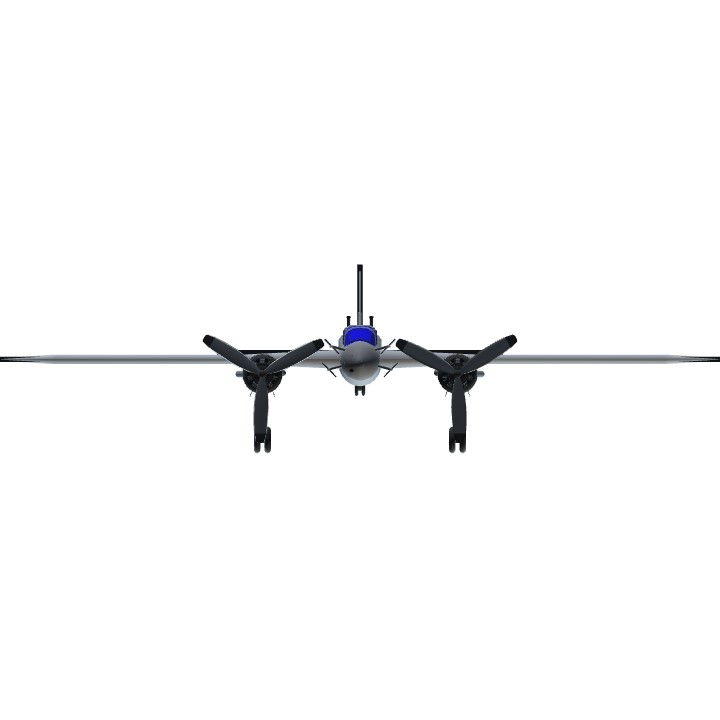The Junkers Ju 88 was a German World War II Luftwaffe twin-engined multirole combat aircraft. Junkers Aircraft and Motor Works (JFM) designed the plane in the mid-1930s as a so-called Schnellbomber ("fast bomber") that would be too fast for fighters of its era to intercept. It suffered from technical problems during its development and early operational periods but became one of the most versatile combat aircraft of the war. Like a number of other Luftwaffe bombers, it served as a bomber, dive bomber, night fighter, torpedo bomber, reconnaissance aircraft, heavy fighter and at the end of the war, as a flying bomb. Ju 88G Night fighter, new fuselage with A-series' ventral Bola (Bodenlafette) gondola omitted, tail section from Ju 188, aerodynamically improved conformal gun pod for a quartet of forward-firing 20 mm calibre, MG 151/20 autocannons below the former bomb bay. Ju 88 G-6Junkers Jumo 213A inverted V12 engines with 1750 PS, used either FuG 220 Lichtenstein SN-2 90 MHz or FuG 218 Neptun 158/187 MHz frequency radar, either with the usual Hirschgeweih eight-dipole aerial setup or experimentally with the more aerodynamic Morgernstern tripled crossed-dipole aerials. Some very-late-war aircraft equipped with experimental FuG 240 Berlin cavity magnetron based 3 GHz radar, with dish antenna in bulbous solid nose. Optional with Schräge Musik upward firing guns with two 20 mm or 30 mm guns.
Specifications
General Characteristics
- Successors 2 airplane(s)
- Created On iOS
- Wingspan 43.9ft (13.4m)
- Length 31.1ft (9.5m)
- Height 11.4ft (3.5m)
- Empty Weight 8,657lbs (3,926kg)
- Loaded Weight 9,886lbs (4,484kg)
Performance
- Power/Weight Ratio 0.681
- Horse Power/Weight Ratio 0.404
- Wing Loading 41.3lbs/ft2 (201.6kg/m2)
- Wing Area 239.5ft2 (22.3m2)
- Drag Points 5744
Parts
- Number of Parts 102
- Control Surfaces 5
- Performance Cost 466


